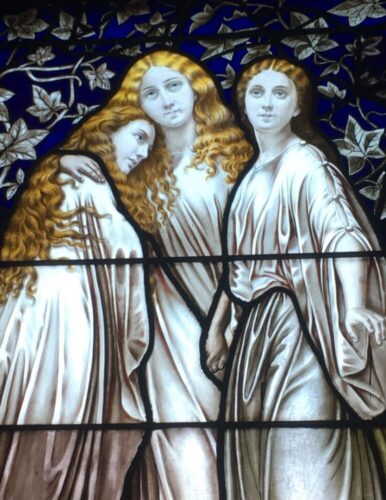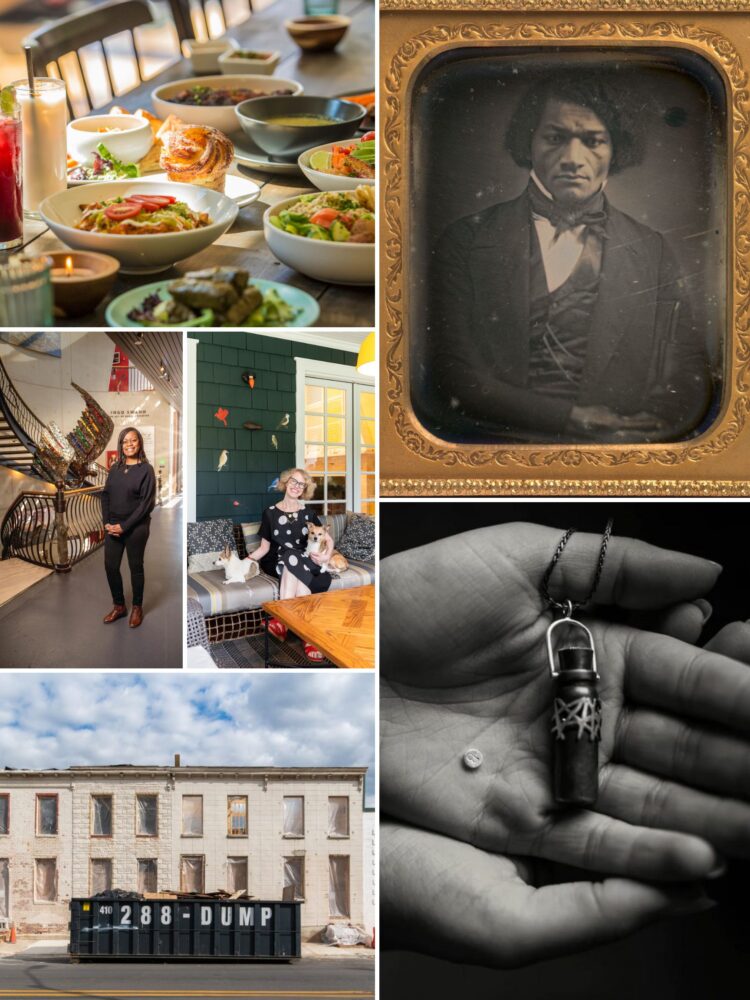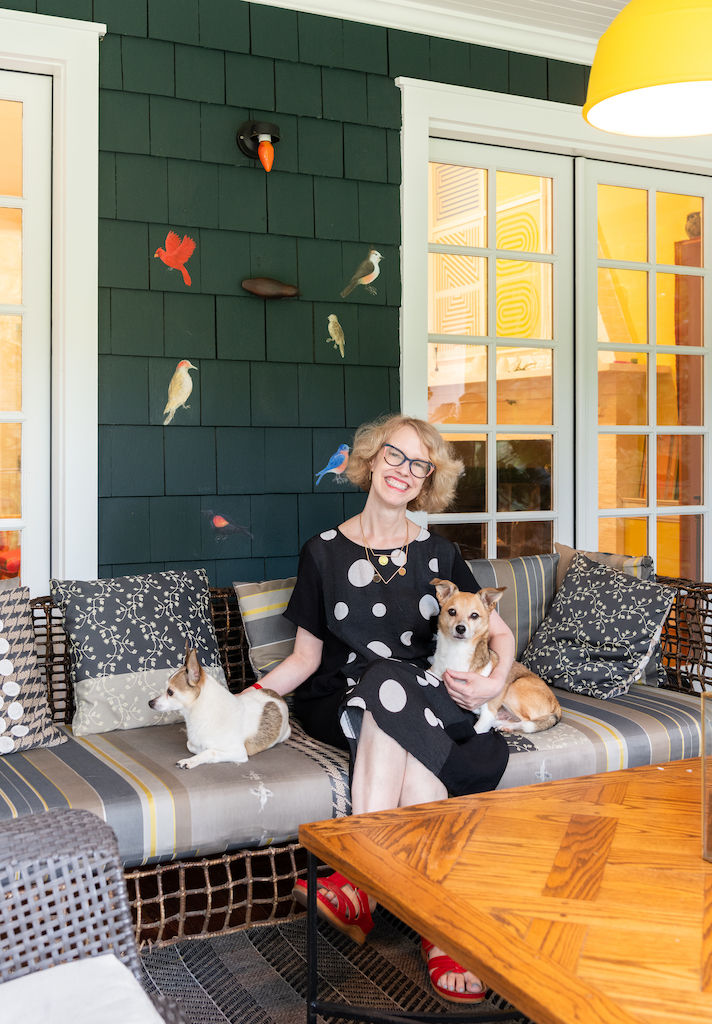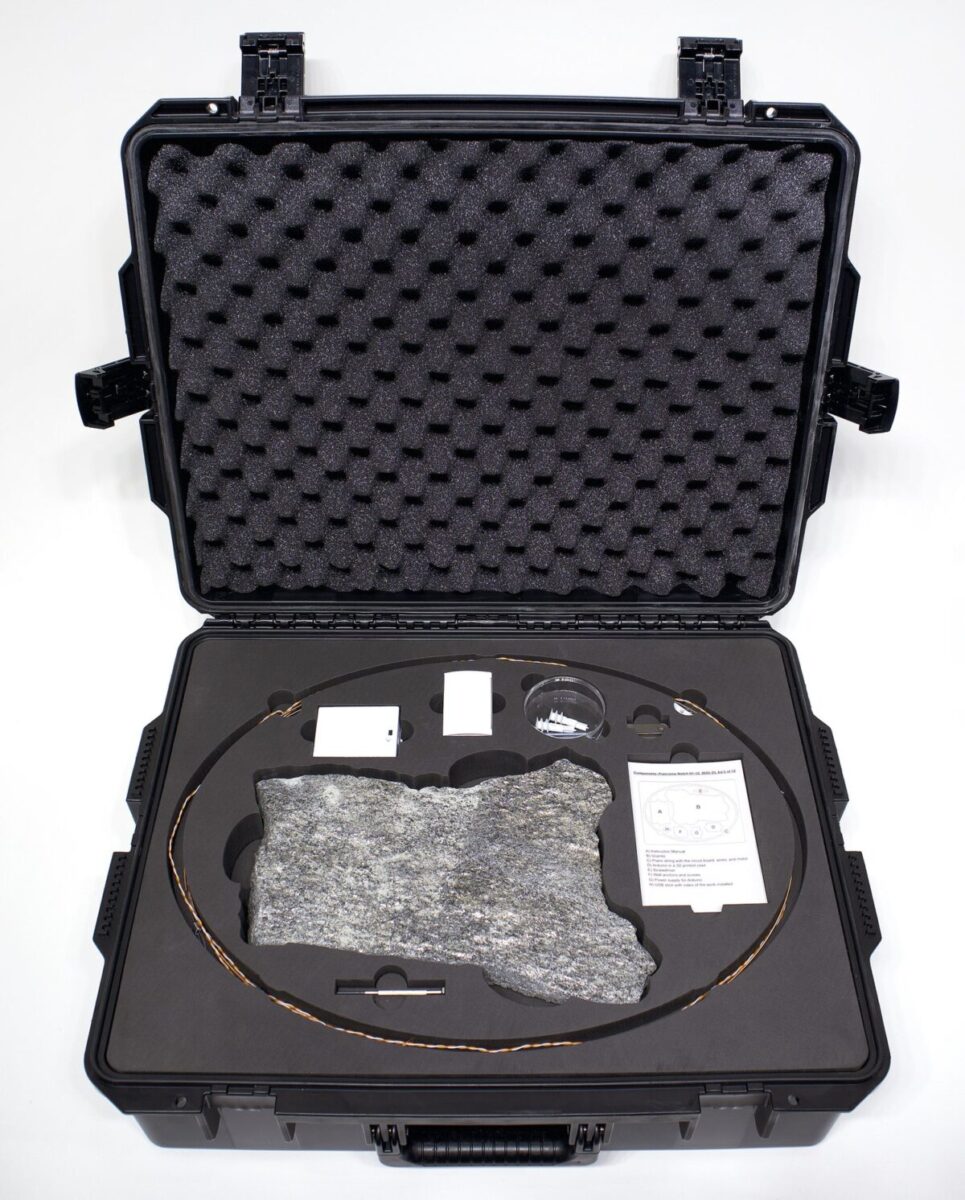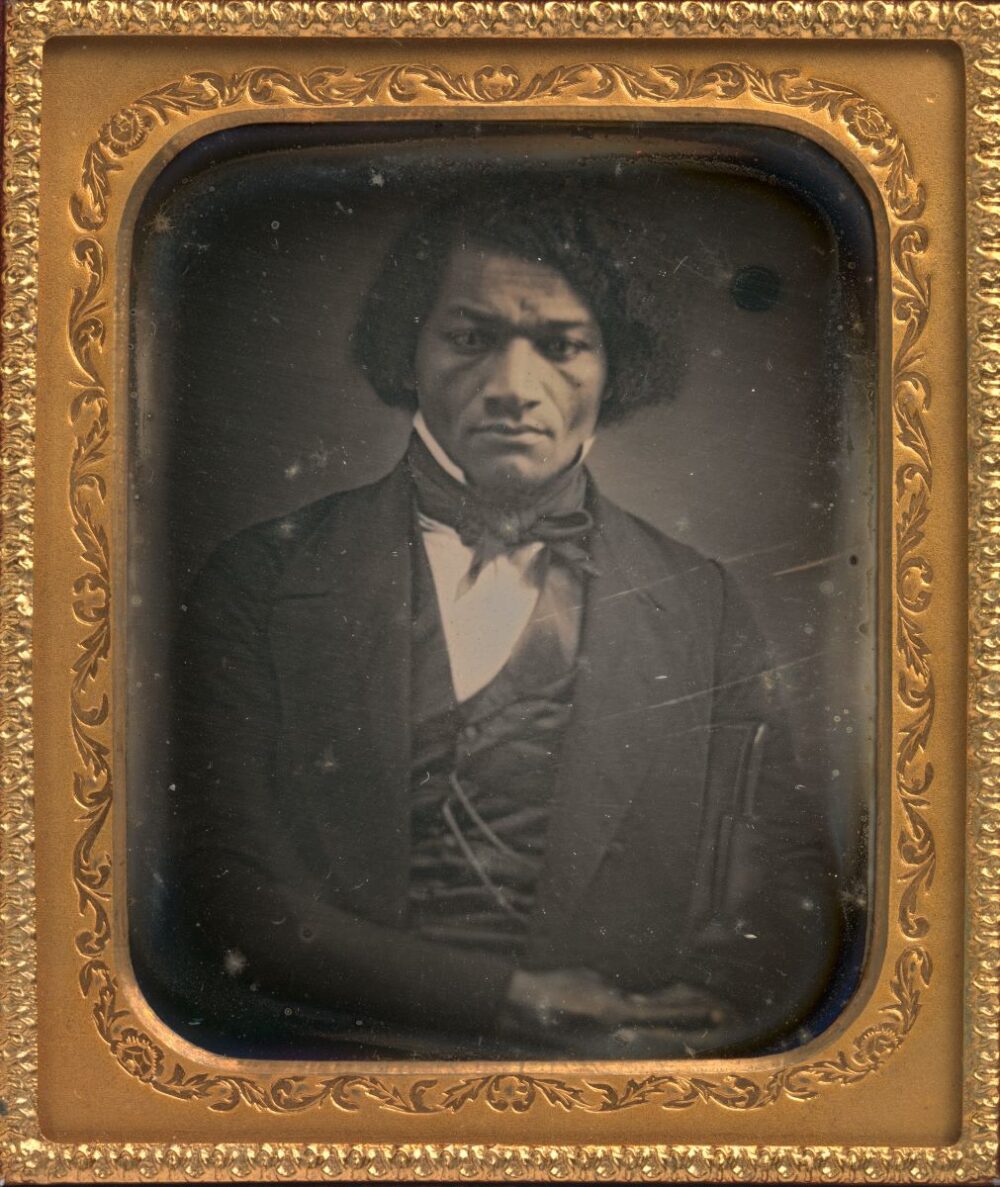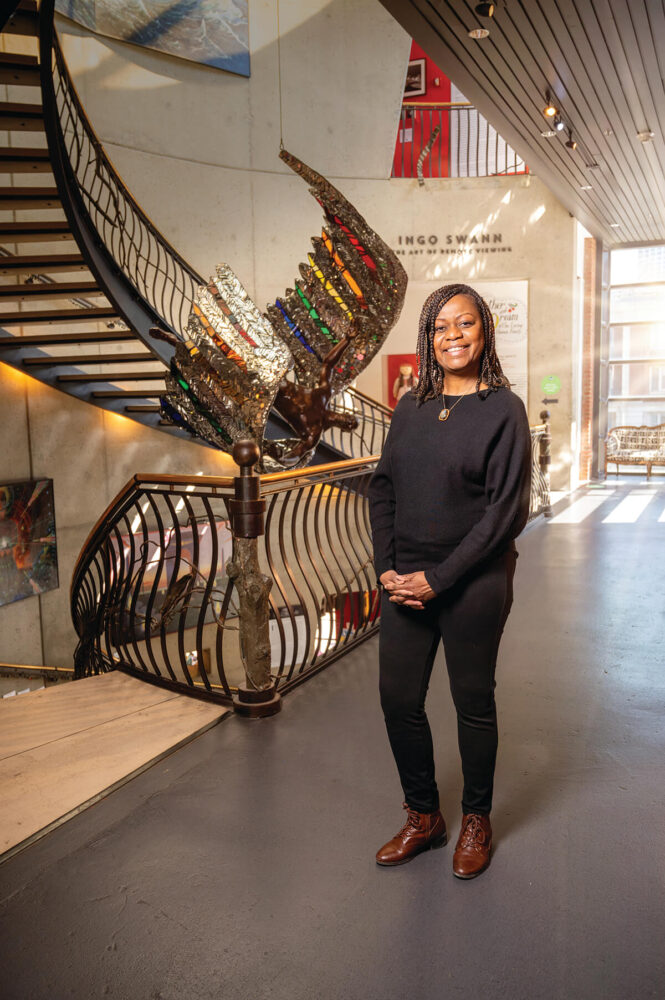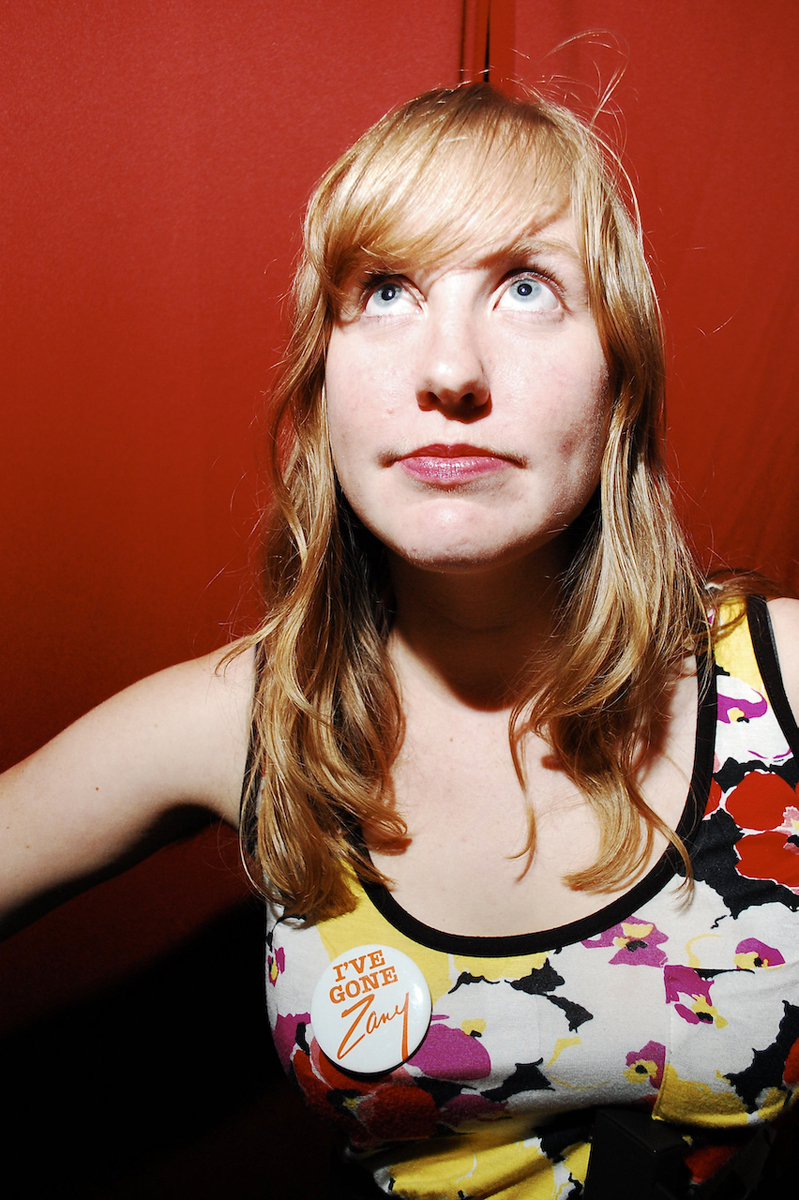For many of us, 2023 has felt like a decade or longer, and it’s been difficult, although not without hope. As we head into 2024 and the BmoreArt team has dispersed to Miami, Spain, Bolivia, and Brazil for the holidays, we took a moment to sift through our archives and consider the meaning of our work.
Our Google analytics shows us which stories our readers spend the most time with and share within a few days of publishing, but it’s always interesting to consider the longer-term impact of our efforts. It’s surprising to realize that certain stories, many from years ago, are still relevant and widely shared, and to wonder if we were simply on the right track at the right time or if there is any aspect of our work that can be replicated for the greater good.
In 2023, BmoreArt published 312 articles, two print journals, four art books, and featured close to one hundred different contributors, mainly writers and photographers from this region. Some of our most popular stories were about blockbuster museum shows and notable artists, and one won a national art criticism award, but many were not actually about visual art. Instead, our readers dug into institutional critique, food writing that emphasizes labor and migration, and even skateboarding, as well as personal essays about books, festivals, collaborative action, and performance.
At very least, this list is an opportunity for our readers to dive back into stories they may have missed over the past year, to appreciate the incredible talent and diversity of this region, to mourn those we have lost, and to set our sights on goals for 2024. Happy New Year!

